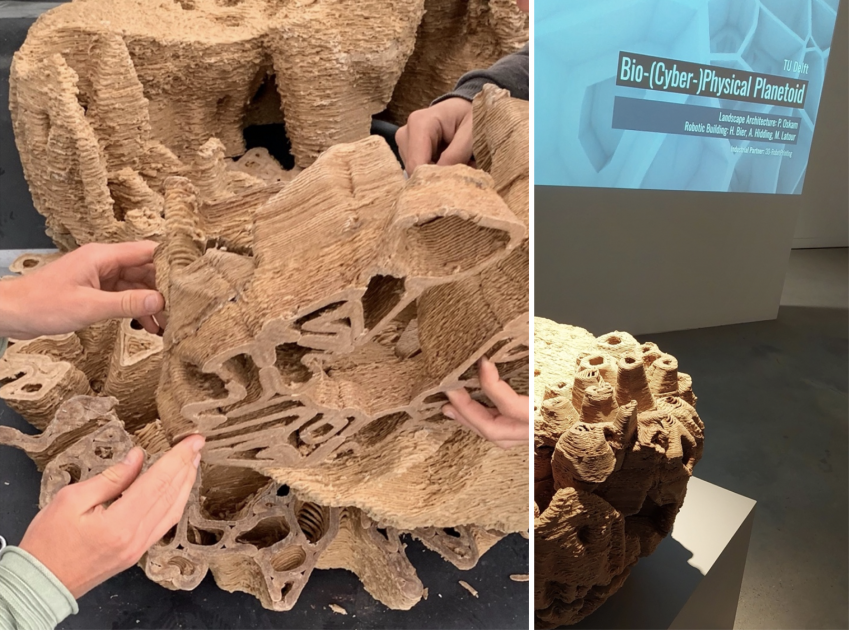Difference between revisions of "Main Page"
| (7 intermediate revisions by 2 users not shown) | |||
| Line 1: | Line 1: | ||
__NOTOC__ __NOTITLE__ | __NOTOC__ __NOTITLE__ | ||
| − | <br> | + | |
| − | <br> | + | =='''Cyber-physical Architecture'''== |
| − | < | + | |
| + | <br>[[File:CpA.png | 850px]]<br><br> | ||
| + | Cyber-physical Architecture (CpA) integrates computational elements, communication networks, and physical components within buildings and building processes. It relies on cyber-physical systems (CPS), which are engineered systems that seamlessly blend physical and digital worlds. It consists of sensors that collect data from the physical environment such as temperature sensors, object and motion detectors, etc. and actuators such as motors or other mechanisms that carry out physical actions based on the instructions received from the system. It relies on microcontrollers and processors, wired and wireless networks, computational infrastructure, control systems and algorithms that govern the behaviour of the cyber-physical system based on input from sensors and user-defined rules. CpA requires real-time processing to respond quickly to changes in the physical environment relying on the integration of physical and digital components, user interfaces and feedback mechanisms for effective human-machine collaboration. | ||
| + | <br><br> | ||
| + | Within CpA several themes are investigated such as Space Architecture (SA), Discrete and Circular Design (D&CD). While SA focuses on extraterrestrial environments requiring 3D printing approaches using in-situ resource utilisation, D&CD addresses terrestrial applications with particular focus on discretised and/or circular approaches. | ||
| + | <br><br> | ||
Latest revision as of 09:04, 18 January 2024
Cyber-physical Architecture

Cyber-physical Architecture (CpA) integrates computational elements, communication networks, and physical components within buildings and building processes. It relies on cyber-physical systems (CPS), which are engineered systems that seamlessly blend physical and digital worlds. It consists of sensors that collect data from the physical environment such as temperature sensors, object and motion detectors, etc. and actuators such as motors or other mechanisms that carry out physical actions based on the instructions received from the system. It relies on microcontrollers and processors, wired and wireless networks, computational infrastructure, control systems and algorithms that govern the behaviour of the cyber-physical system based on input from sensors and user-defined rules. CpA requires real-time processing to respond quickly to changes in the physical environment relying on the integration of physical and digital components, user interfaces and feedback mechanisms for effective human-machine collaboration.
Within CpA several themes are investigated such as Space Architecture (SA), Discrete and Circular Design (D&CD). While SA focuses on extraterrestrial environments requiring 3D printing approaches using in-situ resource utilisation, D&CD addresses terrestrial applications with particular focus on discretised and/or circular approaches.